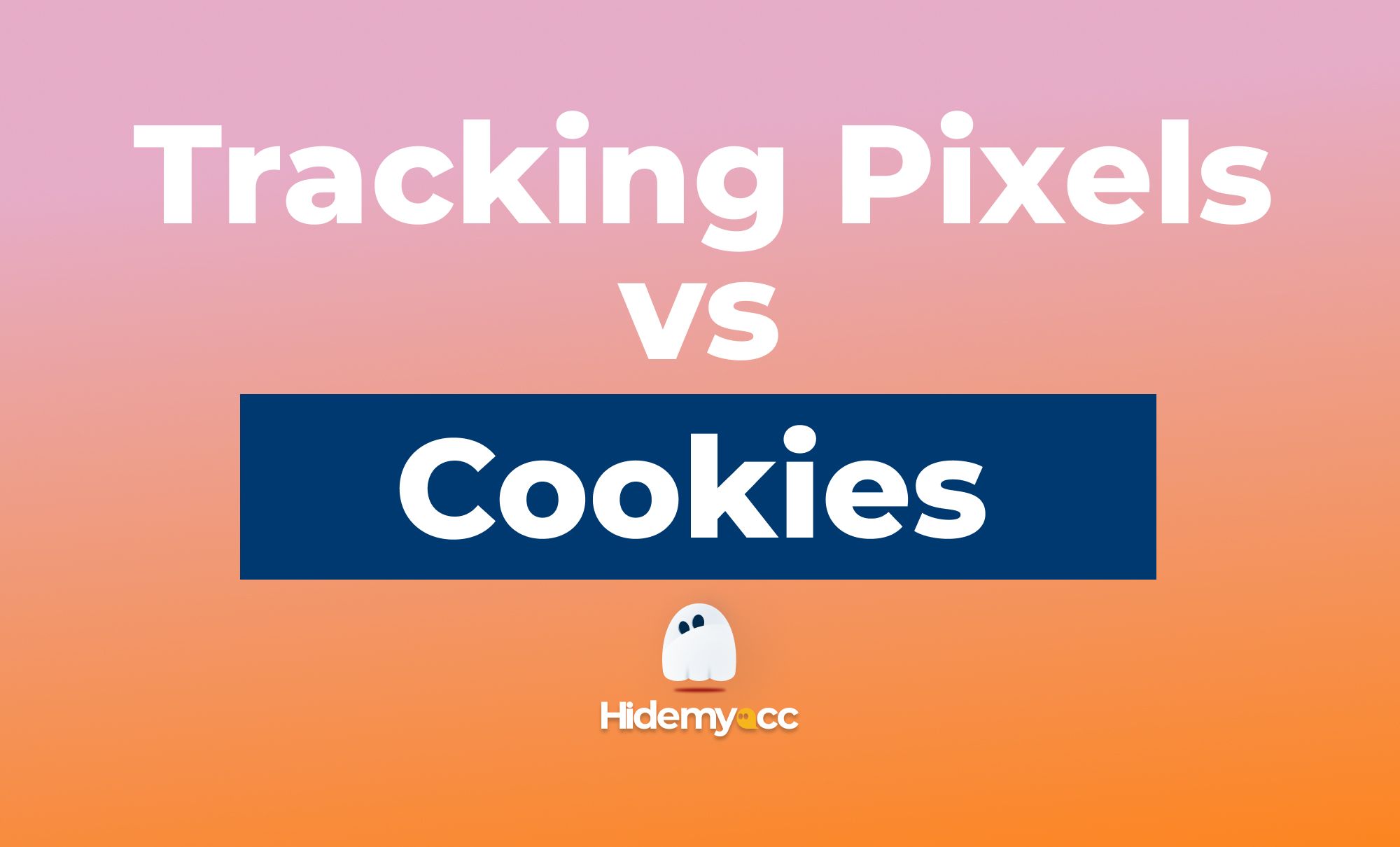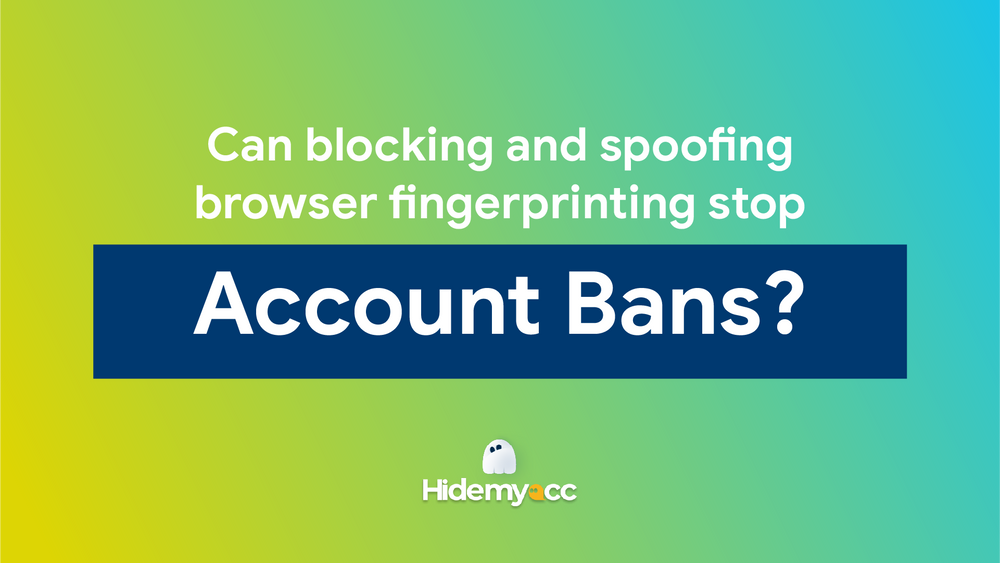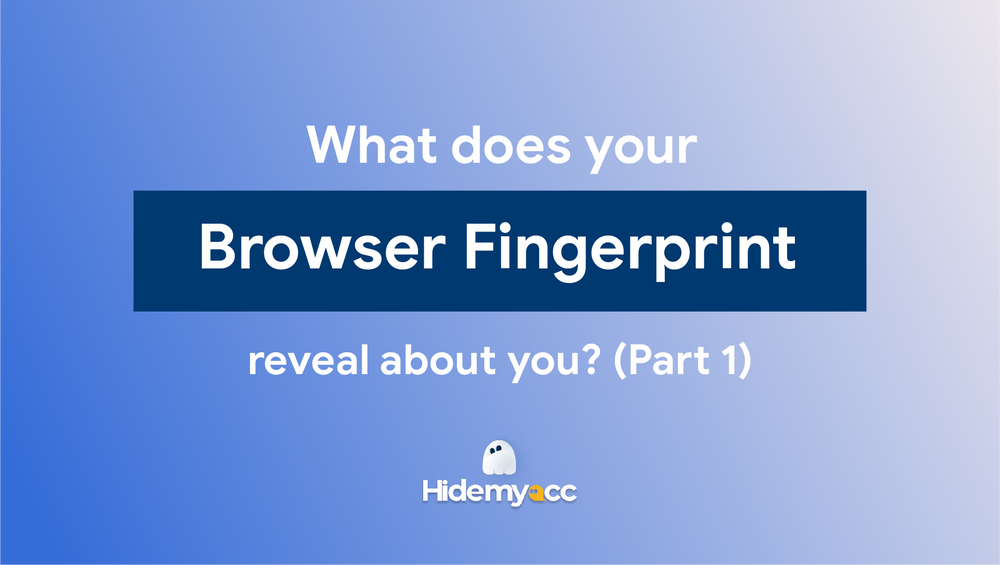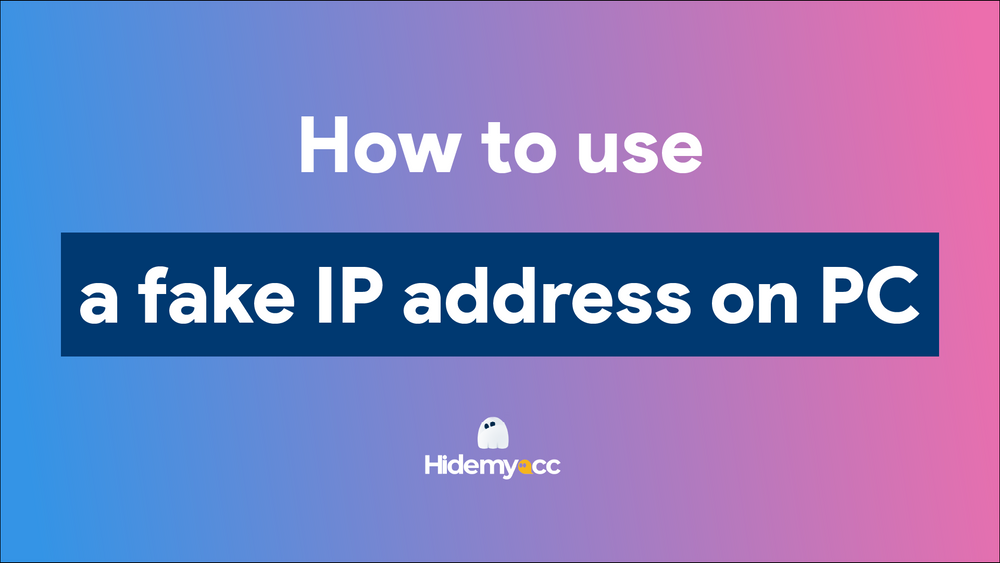Advertising in media has always been based on the audience and like it or not, digital media is the most
measurable medium out there.
Cookies and pixels are different tools used to get a better understanding of the users on the website.
But, what’s the difference between a pixel and a cookie?
Definition of Tracking Pixels and Cookies
Cookies
There are many documents that give different definitions of Cookies. However, we can understand Cookie is a piece
of text that a Web server can store on a user's hard drive with files created by the website the user visits.
Cookies allow the website to save the user's information on the computer and then retrieve it. Pieces of
information will be stored as name-value pairs.
Most sites only store one piece of information on your computer, but it's also possible to store as many
name-value pairs as it wants. With Cookies, websites can stay logged in, remember preferences, and deliver content
tailored to the user's location and habits.
What is a name-value pair? Simply, a name-value is a named
piece of data, it's not a program, so it can't do anything. A website can only get information that it has placed
on your computer, it cannot get information from other Cookie files nor get other information from your computer.
For a deeper understanding of cookies, you can refer to our cookies topic here.
Tracking pixels
A Tracking Pixel (pixel tag) is a 1x1 pixel graphic that is loaded when a user visits a website or opens an email.
Website visitors or email recipients can hardly see the Tracking Pixel because of its very small size.
These tracking pixels are designed to be partially or completely transparent or disguised with the background
color of the website so that they don't stand out so that users can not recognize them.
The tracking pixels in the source code can be seen as:
|
<img style = “”position: absolute;” src=””Tracking”>
<img style = “”display: none”,” src=””Tracking”>
<img style = “”Tracking” width=””0”” height=””0””>
|
For more detailed information about tracking pixels, you can refer to the pixels topic here.
|
How Do Pixels and Cookies work?
Pixels Tracking
Website owners or emailers add Tracking Pixel using the HTML code of the website or email. This code contains an
external link to the pixel server.
If the user visits the destination web page, the HTML code is processed by the client - usually the user's
browser.
The browser redirects to the link and opens the graphic. This process is registered and saved in the server's log
file. (A log file is a computer-generated data file that contains information about usage patterns, activities,
and operations within an operating system, application, server or another device.)
Below is the data that Tracking Pixel may collect and analyze:
- Operating system used on mobile devices.
- Users access websites, email on any device, computer or mobile phone.
- The client used the browser or the mail client.
- Client screen resolution.
- Time to read emails and visit websites.
- Site activities during a session (when using multiple tracking pixels).
- IP Address (provides information about Internet Service Provider and location).
Cookies Data Transmission Process
Cookie data collected are name-value pairs stored by the website on your computer hardware. A name-value
pair consists of a data value and a name that is used to identify the data value. One website only received data
it has saved on your computer and not look at other cookies and anything on your computer.
- If you enter the URL of a certain website in the address bar, the browser will send a request to the website.
- When the request is complete, it will look for the Cookie file on your computer that the website has set up.
If the file of the generated page is found, the browser will send all name - value pairs in the file to the
server of the entered URL. If the corresponding file is not found, it will not send Cookie data.
- The website's web server will receive the collected Cookie data and request it to the home page to use the
data.
- If no name - value pairs are received, the web will know that this is your first time using this
site. From there, the site's server will generate for you a new ID in the database and send name -
value pairs to your computer. Your computer will receive and save it on your hard drive.
- The web server can change name - value pairs or add them whenever you visit and request the page.
- You can fully control this data-collecting process by setting your browsers to notify them when a site sends
name-value pairs. You can completely accept or reject these values.
|
What is the use of pixel tracking ?
Tracking pixels benefits website owners, SEOs, and email senders. They can use information available from users to
improve online offers across the most commonly used versions of browsers.
Tracking pixels can also be beneficial in the analysis of sent email newsletters, because they show the opening
rates of certain emails or newsletters through the user statistics data. Together with A/B tests, successful
campaigns can thus be determined. From the recipient’s point of view, this has the advantage that newsletters in
the future can be designed to be more relevant and interesting.
|
What are the uses of browser cookies?
For Businesses
Businesses get many benefits from collecting User Cookies such as:
- Know certain information about the users who are accessing your website, how often users visit and how much
time they visit the website.
- Possible to predict how users will feel when accessing a website. The customer's personal information is
stored to make it more convenient for customers to access the website the next time.
- From the user Cookies, businesses will know which ads are viewed the most, then take measures to adjust or
design ads accordingly, attracting customers.
For users
Collecting cookies makes it more convenient for users to access the website next time, users do not need to enter
information repeatedly.
|
Are tracking pixels and cookies dangerous ?
Privacy and Security Problems With Pixel Tracking
Tracking Pixels are often criticized for violating user privacy because they collect comprehensive data about
users through recording motion profiles.
Because tracking pixels are invisible to the naked eye, users are not aware they are spreading personal
information without receiving consent.
By transmitting an IP address that helps match disparate information on the Internet, e.g. with a profile in a
social network or forum, Tracking Pixel also simplifies the work of spammers - email terrorists or user's social
network by spam. These annoying people survey and detect valid emails using the user's email receiving mechanism.
As soon as the email is activated, the user has invisibly downloaded the tracking pixels. At the same time, the
"terrorists" will verify the user's email address. From there, sending spam messages is much more convenient.
The risks when users use Cookie on browser
Although bringing many benefits to businesses and users, Cookies also contain certain risks related to stored
data. Cookies affect the privacy of users, so that personal information can be leaked.
Cookies themselves cannot distribute viruses or malicious code, but they can collect a lot of information
including credit information. Therefore, Cookies increase the risk of losing personal information if someone else
uses your computer or the computer is borrowed or stolen.
|
What should users do?
How to delete Cookies?
To ensure the security of users' information, some tips are given by experts:
- Setting Cookie preferences by setting the browser's security mode.
- Delete Cookies periodically on the computer.
- Do not allow Cookies to save login information.
- Update software against fake and insecure domain names, only allow access to trusted websites.
- Be cautious when sharing your computer with another person.
- It is recommended to use the utility to delete Cookies.
Ways to delete cookies on your computer
- Internet Explorer: Tool → Internet Options → Delete → at the Cookie section choose Delete
Cookies
- Firefox: Tool -> Options -> Privacy tab-> find Cookies section and click
Clear.
- Chrome: Click three dots symbol → Settings → Advance → In Privacy and Security section,
choose Cookies and other site data → switch on the option “Clear cookies and site data when you close all
windows” and “Send a “do not track” request with browsing traffic”. Then choose “See all cookies and site data”
→ click “Remove All”
You can see the instruction for more detail here.
How to prevent Tracking Pixel ?
The following are possible ways to limit the use of Tracking Pixels:
- Set the browser and email to the bare minimum so that external graphics are only supported after permission
and HTML email is not supported at all. Proper firewall settings can also be used to optimize this.
- Some browser extensions can be used to display tracking pixels.
- Access the web anonymously, using a proxy server to prevent downloading of tracking pixels, or use multi-login
apps like Hidemyacc to surf the web with multiple accounts without being detected.
|
Conclusion
|
Tracking
Pixel
|
Cookies
|
-
serve similar marketing purposes by tracking
user activity and
behavior
-
capture information about users to deliver a
more customized web
experience
|
|
A
pixel is the code that goes on the page — a tiny (usually 1×1) image file that requires a call
back
to a server to render (although it’s too small to be seen by people).
|
A
cookie is the small file that the server then places (or drops) on the individual's device, or
reads back if one already exists, after the call is made back to the server.
|
Pixels
deliver info directly to a server, so they do not rely on the user’s browser
|
Cookies
are dropped on a user’s browser by a web server
|
|
Can
follow users across all of their devices which allow marketing efforts to be linked across
website
and mobile ads.
|
Cookies
can not follow users across devices and be used to store user information for an easier online
experience
|
|
Users
can not disable pixels as can with cookies
|
Users
can block or clear cookies if they want.
|
In general. tracking pixels generally have similar functionalities as cookies. The biggest difference between a
cookie and a pixel is who is trying to track you – a third party ad tool or the website itself. By this article, I
hope you are clear about the difference between cookies and tracking pixels, how the information is delivered and
where it is kept.
|
Hidemyacc software will help you hide original computer parameters and create multiple new computer parameters for each profile, supporting users to access the internet with multiple accounts without being detected. Download Hidemyacc and start your 7-day trial now!
If you have any further questions, comments, or suggestions, feel free to contact us via Telegram, Skype, or Facebook Messenger support.
|
|
















